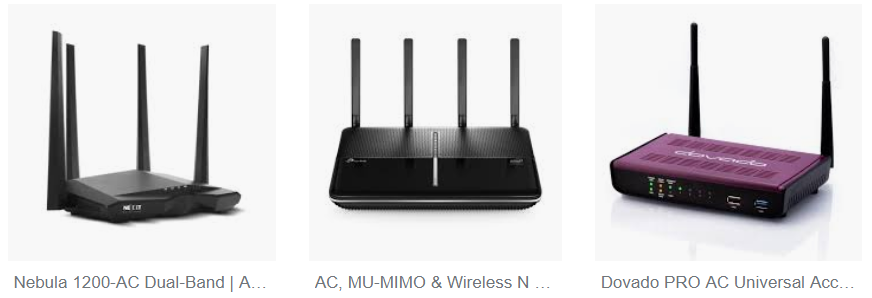

I guess the summary is, if you're just after a performance setup as simply as possible, then you probably can't go too wrong with the router you're looking at (albeit perhaps with reduced WiFi speed on one floor which may or may not be noticeable depending on which internet speed you opt for). Sorry for the huge info dump, but I hope it's helpful in some way. Again, to use my setup as an example, I've got 2x TP-Link EAP660HD Wifi 6 access points to cover my place. This is where having multiple wireless access points can be handy. You'd likely find that you have good coverage on the floor the router's on, but may not be so great on the other floor.

Although you said in a comment that you're in a small townhouse, the fact that it's two storeys is what may hinder your wireless coverage, especially in the 5GHz range (it doesn't penetrate structures as well as 2.4GHz). The other important thing to consider is your wireless coverage. For comparison, the GT-AXE16000 you're looking at has a quad-core 2GHz CPU and 256MB of RAM, although I dare say it's much newer and more powerful than the original one I had, so I'd be surprised if it's not able to handle 1Gbps routing. I upgraded this to a much more powerful CPU (a mobile Core i7, honestly way overkill so I don't need to worry about it being a bottleneck) with 8GB of RAM and it happily does 1Gbps. For example, when I first got 1Gbps, I had a router running an Intel Celeron J1900 quad-core 2GHz CPU with 8GB of RAM, and it was struggling to go past 600Mbps. Once you start getting to 1Gbps and beyond internet speeds which FttP can provide, the hardware specs of your router become important. With separate devices, you could just replace your router (and switches if necessary depending on setup) without needing to replace your wireless stuff. If NBN pull their finger out and allow multi-gig speeds and your all-in-one can't route that fast due to hardware constraints (see below), you need to replace that entire thing.
#Modem vs router nbn upgrade
If you have separate devices, you just upgrade your wireless access point(s). If you're going top of the line, you're up for another close to $1k. If you have an all-in-one, you need to replace that entire thing. lets say there's a new WiFi standard in a few years that you want to upgrade to. The benefit here is that you can upgrade each individual piece of the setup as necessary. That is, a machine that serves as just a router & firewall, one or more separate switches based on the number of devices we need to connect, and one or more separate wireless access points based on how much coverage we need. One option to consider, and the route that I and many others well-versed in networking tend to go, is getting dedicated devices for some of these different roles. Depending on how you intend to use your network, this may or may not be the way to go. You can absolutely plug one of these all-in-one devices behind it and it'll do what you want. In the case of FttP, the NBN box where the fibre terminates and provides the RJ45 ports you plug into serves as the modem. That is, they can perform the functions of modems, routers, firewalls, switches, and wireless access points. One thing that very few people outside of those in the know about networking realise is that your typical ISP-supplied "router" is actually up to a few different devices all crammed into one. There's a couple more nuances to consider though, and this comes down to what you're willing to spend and the effort you're willing to put into setting things up. As others have said, typically most things you purchase will be better than ISP supplied.


 0 kommentar(er)
0 kommentar(er)
